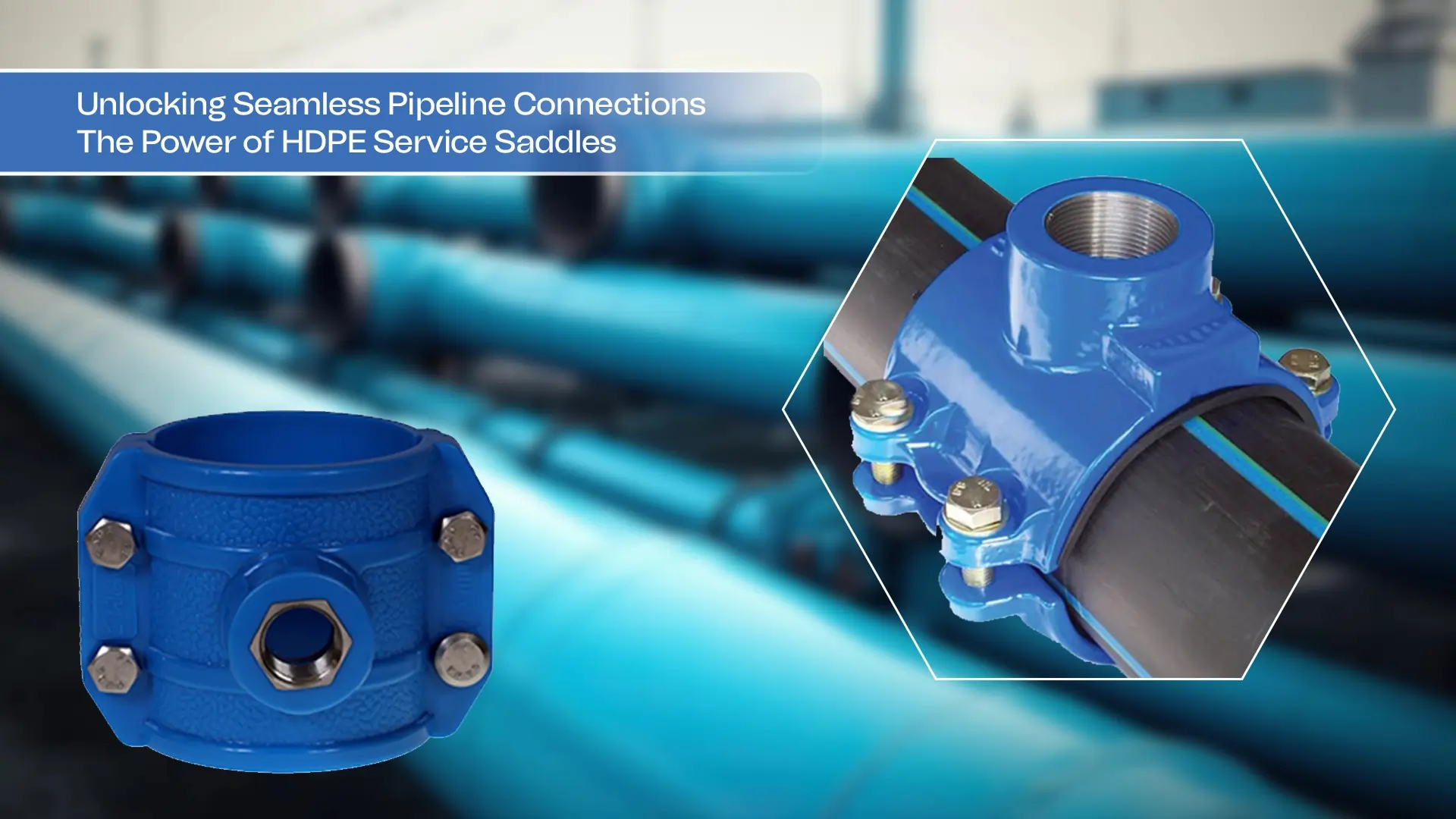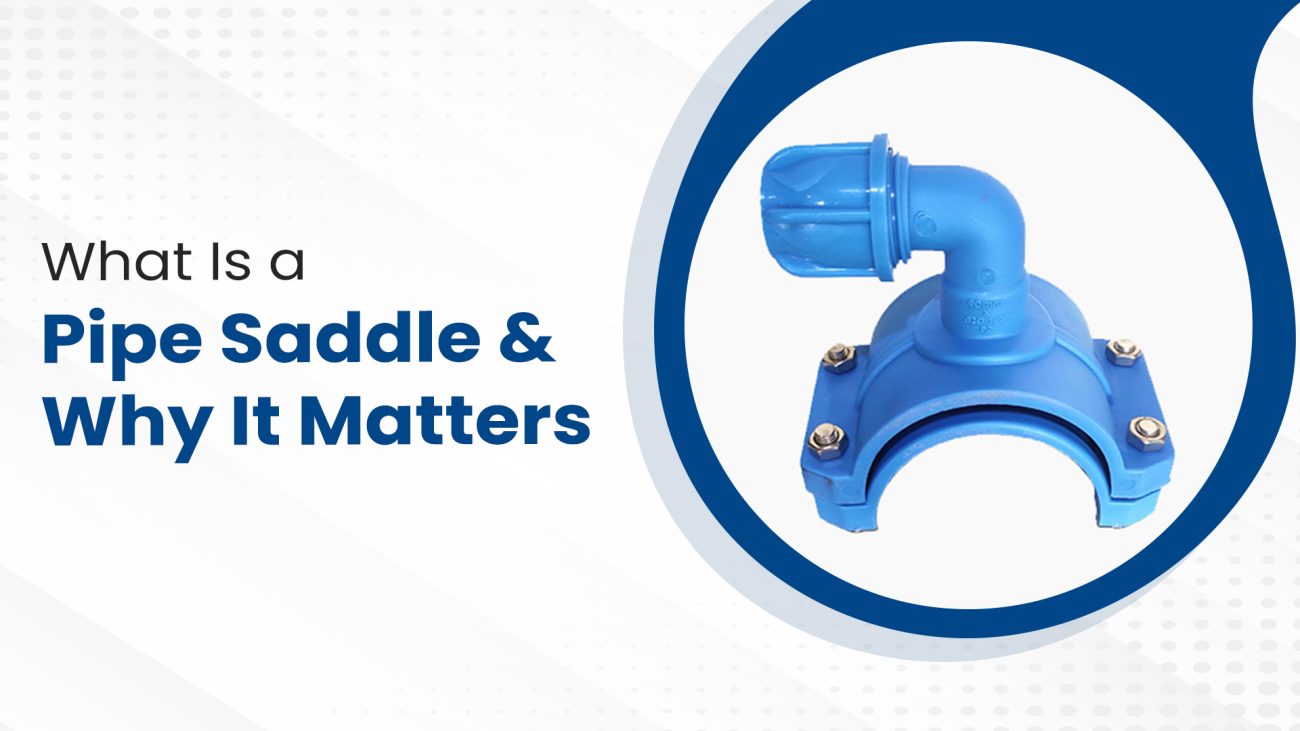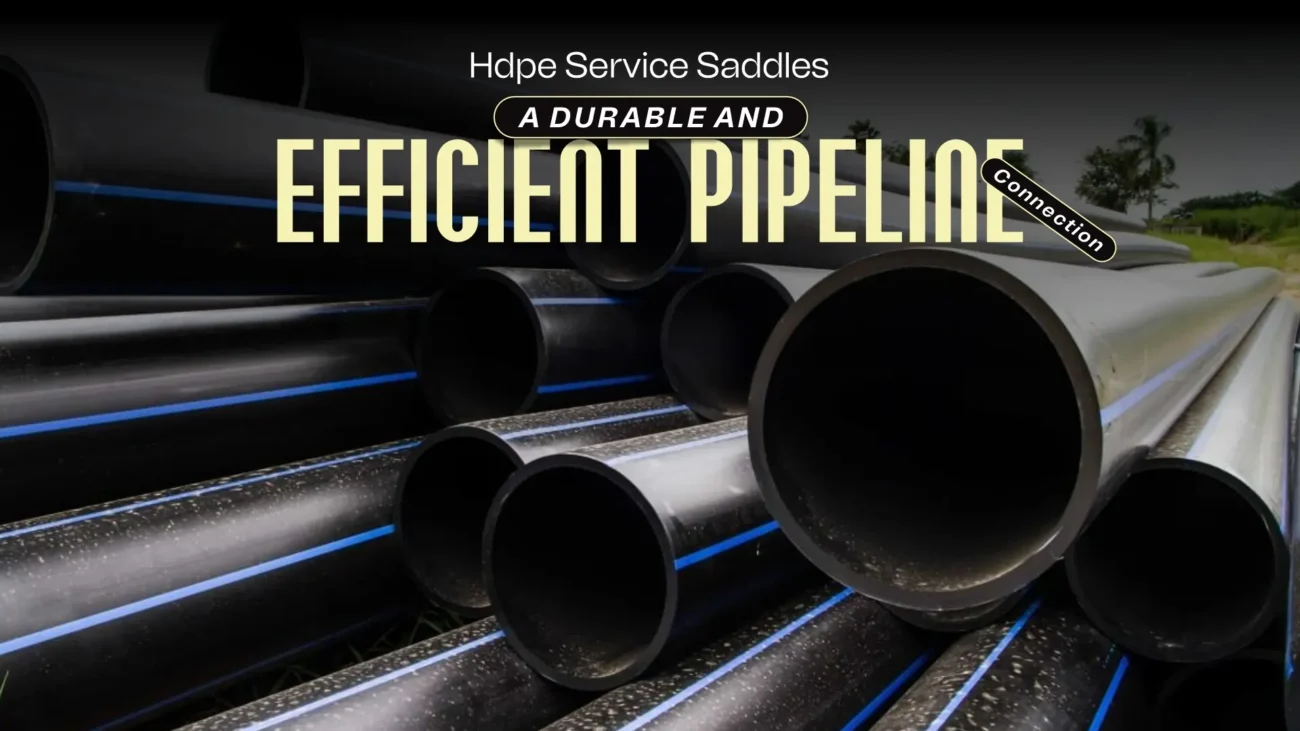As with any other water distribution infrastructure, the connection of service lines to the main pipelines has to be dependable and effective. In this context, the identification of HDPE (high-density polyethylene) service saddles has been a game changer, as these offer a durable, flexible, and affordable means of presenting a connection for pipelines that require fusion bonding to be effective.
It may be even seen that HDPE service saddles are intended to provide a secure interface connector that is leak-proof between the service line and main pipeline and therefore provides for stability in the water supply. Simply put, the effective use of steel and reinforced plastic in making these connectors adds to their long-lasting value while at the same time remaining cost-effective.
Whether it is the case of household water supply systems, commercial systems, irrigation ssystems,or industrial processes, it is evident that HDPE service saddles be used as a water delivery system extension in order to enhance the level of servicedelivery,y making it more effective. Consequently, the scope and range of the applications provided by these components appear to make them a popular building block of contemporary water-carrying systems.
Finally, when you appreciate the advantages that come with the use of HDPE service saddles, it will be easy for you to utilise the information in regards to the water distribution system and ensure that it is effective and long lasting.
What is an HDPE Service Saddle?
An HDPE service saddle is a type of fitting that helps to join an auxiliary system or service line with the main pipeline having a large diameter. It generally consists of a saddle body which is made of HDPE, a saddle clamp, and a service line connection. HDPE is a strong plastic material that is highly resistant to corrosion, thus making it optimum to be used in water distribution systems.
Applications of HDPE Service Saddles
There is a great variety of uses of HDPE service saddles, which include:
- Residential and Commercial Water Supply: Individual households and business’s water supply in most cities and towns is done through the use of HDPE service saddles connecting each building to the municipal water system.
- Industrial Process Water Lines: HDPE service saddles are useful for connecting service lines to pipelines running through industries, which use water for cooling, washing and other purposes during the production phase.
- Irrigation Systems: These devices can be used for connecting the irrigation hoses for agricultural and landscaping activities to the water source for easy access to water needed for plants.
- Fire Protection Systems: HDPE service saddles are critical elements in the fire protection system for the purpose of connecting the body of the pipe to the sprinkler branches and guaranteeing the main water supply in times of fire. This helps to provide enough water in the event of a fire, thus limiting damage to properties and loss of lives.
Benefits of HDPE Service Saddles
When compared to metal connectors, HDPE service saddles are far more superior as:
- Ability to withstand mechanical stress and have longer life span: As introduced HDPE, the material would be highly durable as it can withstand corrosion, chemical, and mechanical stress. This means HDPE service saddles would be able to offer services for an extended period, hence reducing the frequency of repurchasing or repairing such saddles.
- In ability to Corrosion and Chemicals: Most chemicals and substances that are corrosive in nature and are experienced in the water distribution systems would not affect HDPE. This makes it suitable for use in regions with aggressive water conditions, as experienced in areas with high levels of minerals or contaminant elements.
- Easier and quicker installation: No specialised equipment is required as HDPE service saddles are flexible and can be easily installed. This lowers the installation time and cost, making them quite efficient for both new construction and retrofit projects.
- Environment friendly and economical: HDPE service saddles are in general quite economical in comparison to metal connectors, especially due to low maintenance costs and high durability in the long term. This will lead to savings for home builders and commercial enterprises as well.
- Leak-Free Performance: HDPE service saddles allow for a zero-leak connection between the service line and the main pipeline to prevent water loss and risks of property damage, thus ensuring smooth and sustainable water distribution.
Installation Process
The installation of an HDPE service saddle essential follows the steps discussed below –
- Preparation and Excavation: The area around the underground utility where a Stewart’s service saddle is to be fitted is trenched to allow for access.
- Cutting and Preparation of the Main Pipeline: The main pipeline is cut and also prepared to receive the service saddle.
- Positioning and Securing the HDPE Service Saddle: A service saddle is positioned over the part of the main pipeline that has been cut and it is adjusted into place with the help of a saddle clamp.
- Connecting the Service Line: The service line is turned into the service saddle connection.
- Testing and Backfilling: The connection is tested for leaks and the position that has been dug is filled in.
Maintenance and Inspection
To maintain the effective operation of HDPE service saddles, appropriate maintenance and inspection have to be conducted on a regular basis. These include:
- Regular Inspection: Service saddles must be inspected for signs of tear and wear, damage, or leakage. Check for cracks, abrasions, or loose connections.
- Cleaning and Debris Removal: It is important to keep the area around the service saddle clean for optimal performance, as any debris or sediment may cause interference or lead to leakage.
- Repair and Replacement: Clean and disinfect all areas that are accessible, including the removable service saddle. If intact service saddles get damaged or deeply worn out with time and use, they may need servicing.
HDPE service saddles are the most satisfactory method of connection between service lines and the main pipeline. They can operate in aggressive environments and are quick to install, and these characteristics place them in high demand in the water distribution system. Knowing all the advantages and areas of application for the HDPE service saddle, you will be able to take care of your water distribution system, enabling efficient service delivery.





